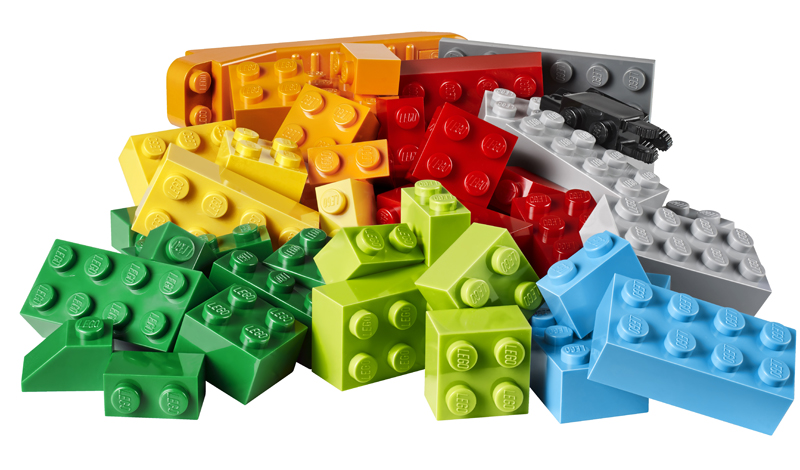High level toxic substances in kids’ toys
38 per cent toys had a toxic level below the national standard, in compliance with the law
Kathmandu, July 23
High levels of toxic substances have been found in over 60 per cent of children’s toys tested in the Nepali market.
A research conducted by Centre for Public Health and Environment Development found high levels of dangerous contaminants in 62 per cent of toys sampled. Contaminants included heavy metals such as lead, cadmium, chromium, barium, zinc and bromine, as well as several phthalates in a discrete sample of 52 toys.
According to Ram Charitra Shah, president of CEPHED, sampled toys are manufactured in China, India, Thailand and are easily available in Nepal. CEPHED studied the concentration of heavy metals and chemicals concentration.
Shah said, “These toxic metals and chemical contaminants are known to damage the nervous and reproductive systems, cause lung and kidney diseases, affect the immune system and reduce intellectual capacity, and are associated with permanent brain damage and cancer.”
Young children are likely to put toys in their mouths and thus ingest chemicals during a period of rapid neurological development, making children under-five especially vulnerable to the impacts of toxic exposures, he added.
“No toy studied contained warning labels to alert consumers of the presence of toxic substances in them,” said Shah.
Research found that 71 per cent samples contained at least one toxic metal and 62 per cent contained toxic chemicals above the Nepali legal standard. Only 38 per cent toys had a toxic chemical level below the national standard, in compliance with the law.
Lead was found in 19 per cent of the samples that were contaminated with at least one toxic metal, cadmium in 8 per cent, chromium in 11 per cent, zinc in 68 per cent, barium in 14 per cent and bromine in 16 per cent.
In 2017, the government regulated mandatory Toy Standard on toxic substances in children’s products which set legal limits for 12 toxic substances in children’s toys, including heavy metals, bisphenol A (BPA) and phthalates.
Shah said, “In response to the passage of Nepal’s 2017 Toy Standard regulations last July, private sector lobbyists have been petitioning our government to remove BPA and phthalates from the new law. These two classes of endocrine disrupting chemicals are associated with a host of illnesses, including cardiovascular disease, obesity, and infertility, and are linked to cancer.”
“The shocking high levels of phthalates discovered in all samples tested indicate that these are toxic products sold as toys in the market that pose serious threat to children’s health. The toy industry should eliminate the use of endocrine disrupting toxic elements from toys to keep children safe from these harmful chemicals.”
Chemical experts encourage Nepal to require full disclosure of information on chemicals used in toys and other children’s products through labelling. “Lack of labelling undermines the right of consumers to know about product chemical safety,” said Ram Charitra Sah.






